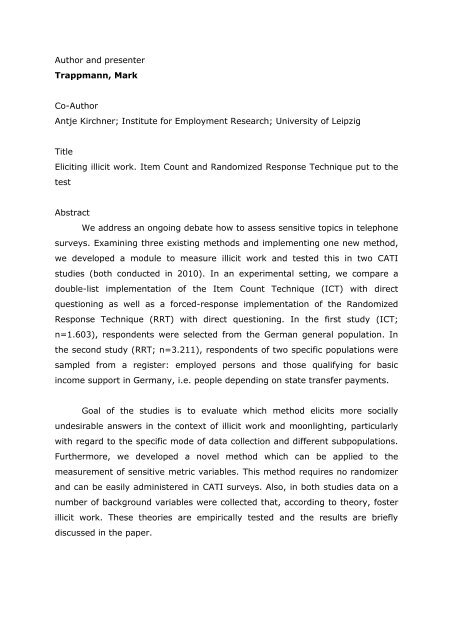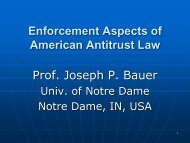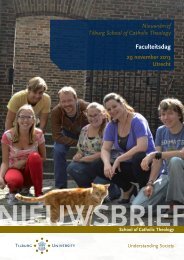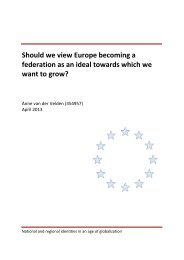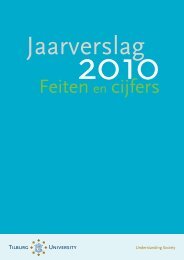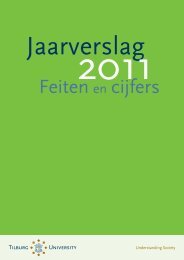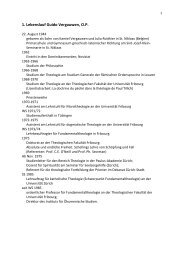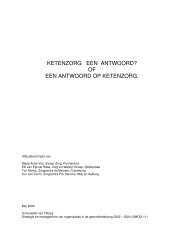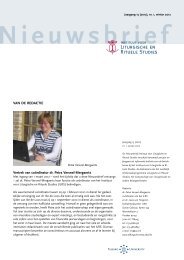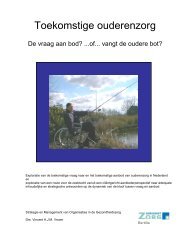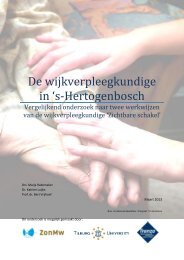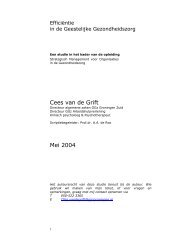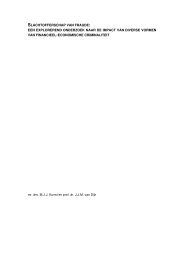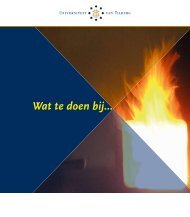Here - Tilburg University
Here - Tilburg University
Here - Tilburg University
Create successful ePaper yourself
Turn your PDF publications into a flip-book with our unique Google optimized e-Paper software.
Author and presenter<br />
Trappmann, Mark<br />
Co-Author<br />
Antje Kirchner; Institute for Employment Research; <strong>University</strong> of Leipzig<br />
Title<br />
Eliciting illicit work. Item Count and Randomized Response Technique put to the<br />
test<br />
Abstract<br />
We address an ongoing debate how to assess sensitive topics in telephone<br />
surveys. Examining three existing methods and implementing one new method,<br />
we developed a module to measure illicit work and tested this in two CATI<br />
studies (both conducted in 2010). In an experimental setting, we compare a<br />
double-list implementation of the Item Count Technique (ICT) with direct<br />
questioning as well as a forced-response implementation of the Randomized<br />
Response Technique (RRT) with direct questioning. In the first study (ICT;<br />
n=1.603), respondents were selected from the German general population. In<br />
the second study (RRT; n=3.211), respondents of two specific populations were<br />
sampled from a register: employed persons and those qualifying for basic<br />
income support in Germany, i.e. people depending on state transfer payments.<br />
Goal of the studies is to evaluate which method elicits more socially<br />
undesirable answers in the context of illicit work and moonlighting, particularly<br />
with regard to the specific mode of data collection and different subpopulations.<br />
Furthermore, we developed a novel method which can be applied to the<br />
measurement of sensitive metric variables. This method requires no randomizer<br />
and can be easily administered in CATI surveys. Also, in both studies data on a<br />
number of background variables were collected that, according to theory, foster<br />
illicit work. These theories are empirically tested and the results are briefly<br />
discussed in the paper.


